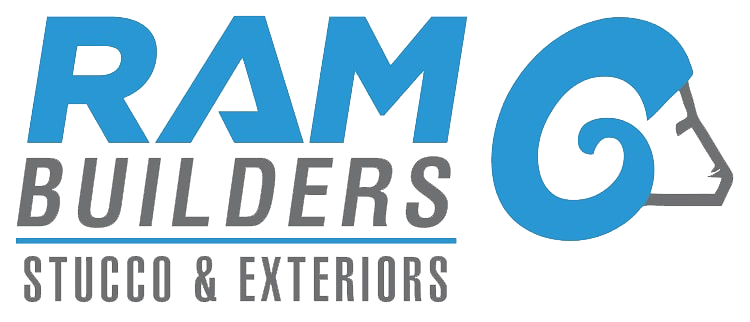As the leaves change and the temperatures drop here in Utah, it's time to start thinking about winterizing your home. While you might be focused on insulation and heating, don't forget about the exterior of your property. Your stucco, that durable and beautiful finish, can take a beating during our harsh winters, especially with the […]






